By Eric T. Baker
Going in chronological order this time, things begin with Torsten (The Settlers) Hess’s new game, Ancient Wars: Sparta for the PC from Playlogic and Eidos Interactive. The time period for the game is 500 to around 400 bc. The game pits three different nations against one another: Sparta, Persia, and Egypt. Each nation has nine unique single-player missions so that players will want to command each nation in turn to play through all of the content. There is also a multiplayer mode for up to eight players.
The form of AWS is that of a real-time strategy game. The designers did not attempt to create a hardcore historical simulation. Instead, the game is a balanced RTS that uses forces, weapons, kit, and battlegrounds that are inspired by the historical forces. For instance, the game includes not just ships (there is naval combat as well as land), chariots, and elephants as units, but also priests who use trained panthers and women who can shower snake venom on the enemy. The backbone of the game is the various infantries and their historical weapons, but the designers have added some “color” to the mix.
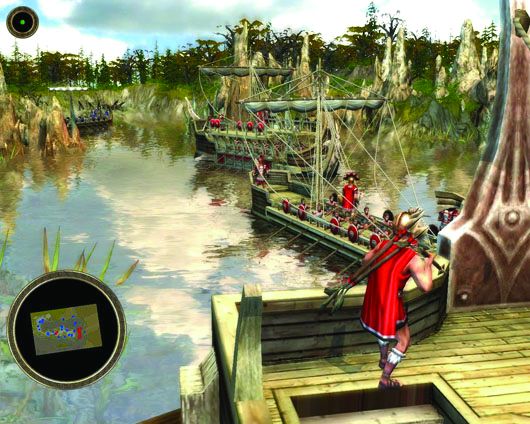
There is no limit on manpower in AWS so players have to be careful not to recruit more men than they can equip and feed. In fact, one of the unique things about AWS is that the soldiers can loot the bodies of fallen enemies, taking their weapons. In this manner, players can build special units that use nontraditional weapons and tactics. Another unique point is the power of weather in the game, where wind and fire can work in concert to influence the outcome. AWS makes for an entertaining simulation: a good mix of units, the right level of automation, and just enough challenge.
Europa Universalis III
Moving forward to the era from 1454 to 1792 is the game Europa Universalis III for the PC from Paradox Interactive. This is another real-time strategy game, but on a much, much higher level than AWS. Where AWS concerns itself with armies and battles, EU3 is about nations and civilizations. Instead of three possible countries, players in EU3 can choose to start as any nation or principality of Europe during that period, and they can choose the date in the period when they want to start. The game doesn’t just throw it open, though; it suggests starting countries and times based on events from history and rates the choices by difficulty.
The choice of where to start the game illustrates what will strike new players about it most. EU3 contains a lot of choices but the players have to bring their own goals. There are no missions; there isn’t a rival that has to be crushed. Unlike many games of this sort, world domination isn’t even a possibility, much less the goal. Players can expand their boundaries or explore the new world or spread their state religion or try to be come technologically superior or several other options or several combinations of these options. They can even fight wars if they like.
The methods of influencing the world around the players’ country are diplomacy, spies, military, and missionaries. Of course, all these things work together. Launching a war without a diplomatically
generated causus belli, for instance, will bring other nations in on the other side and cause unrest at home. And the chances of a player’s nation winning a war or spreading the gospel or whatever depend in large part on how its sliders (which can only be changed at certain times and only by certain amounts) that track its internal goals, government, economy, philosophy, etc. are adjusted. And all the time that the player is working on his goals, the computer is running the other countries, having them pursue their historical goals.
There is a lot going on in EU3 and a lot of options to toy with. It is such a deep game that it can be replayed over and over. It is both a good game and an accurate simulation. History buffs of the period will enjoy it most, but every fan of strategy games will enjoy it a lot.
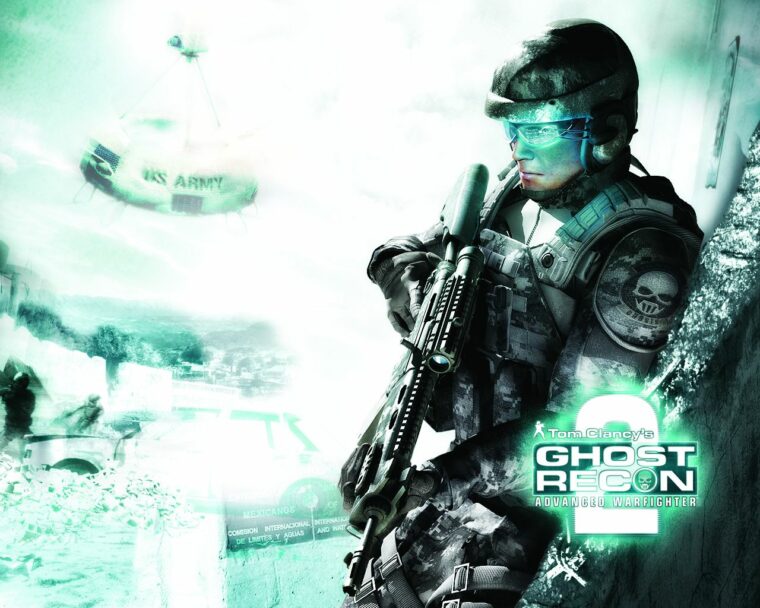
Ghost Recon Advanced Warfighter 2
Barely a year after the first one delighted fans, Tom Clancy’s Ghost Recon Advanced Warfighter 2 is out from Ubisoft for the PC, Xbox 360, PS3, and even the PSP. The Ghosts are an elite army team of specialists; the first ones into hot spots and the last ones out of danger. GRAW2 is set in 2014, which is far enough into the future to let the creators play with history and give the Ghosts some high-tech toys, but close enough to the modern day that the game feels and plays like reality, not science fiction.
As the players lead their team of Ghosts, they have an insert video that shows what is going on from the point of view of whoever the player selects: the other Ghosts, their aerial spotting drone, or their robot tank. A press of a button makes that image fill the screen. A press of another button sends the team to attack or take cover or rally around. As the game goes on, more weapons and specialists are unlocked. In short, GRAW2 delivers one of the most immersive, flexible, and “real” simulations of being a squad leader on a hyper-modern battlefield.
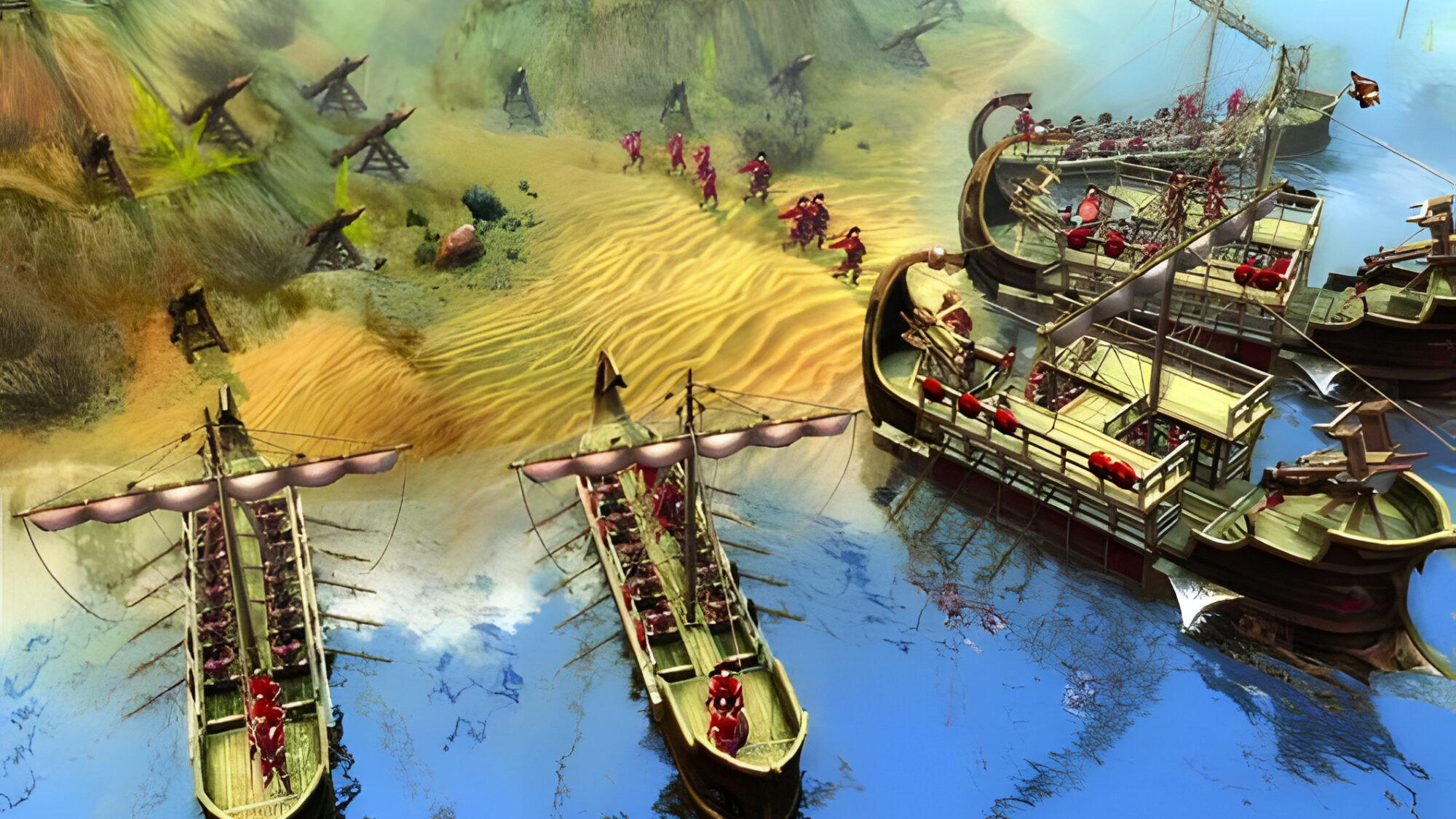

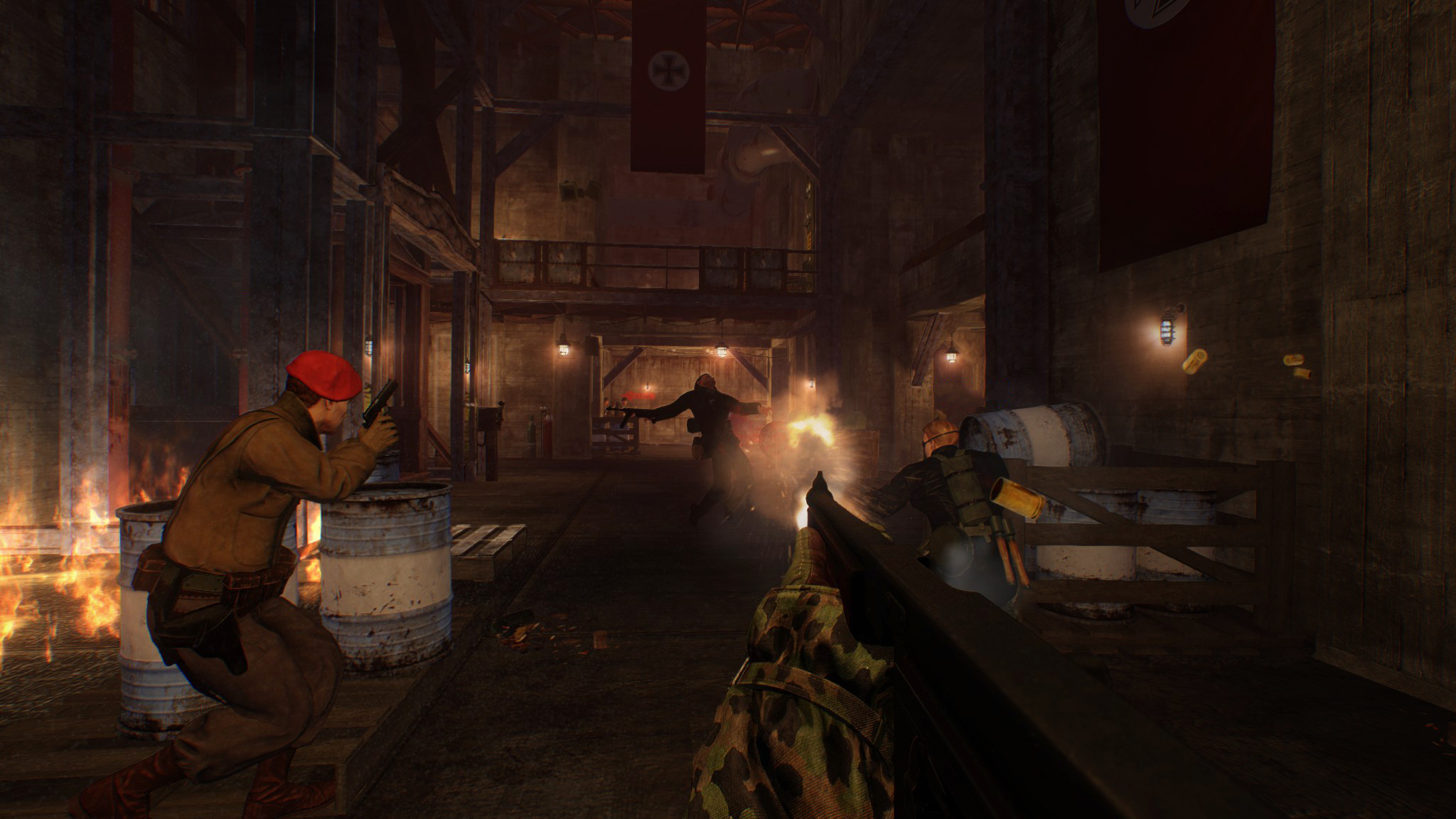
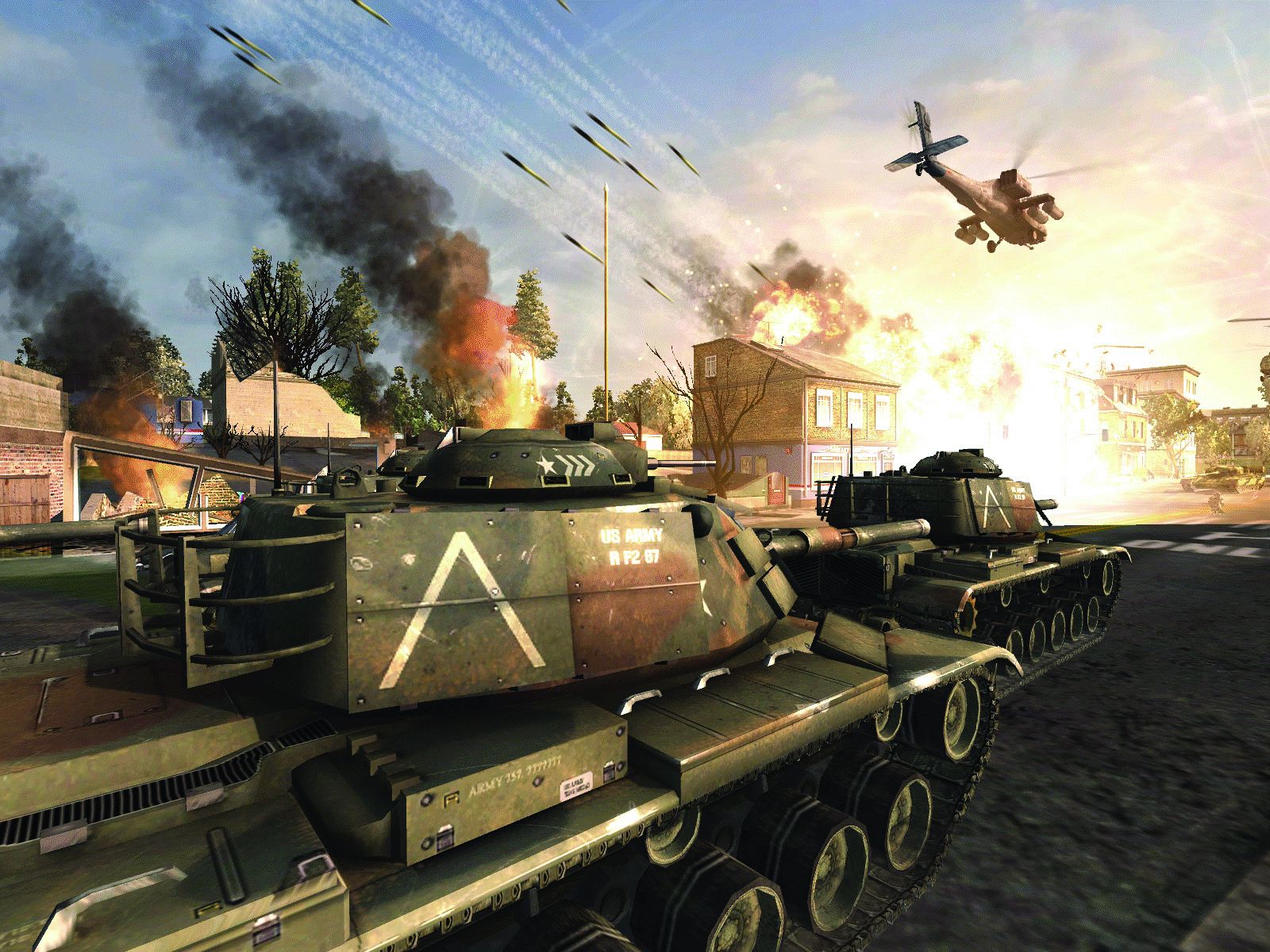
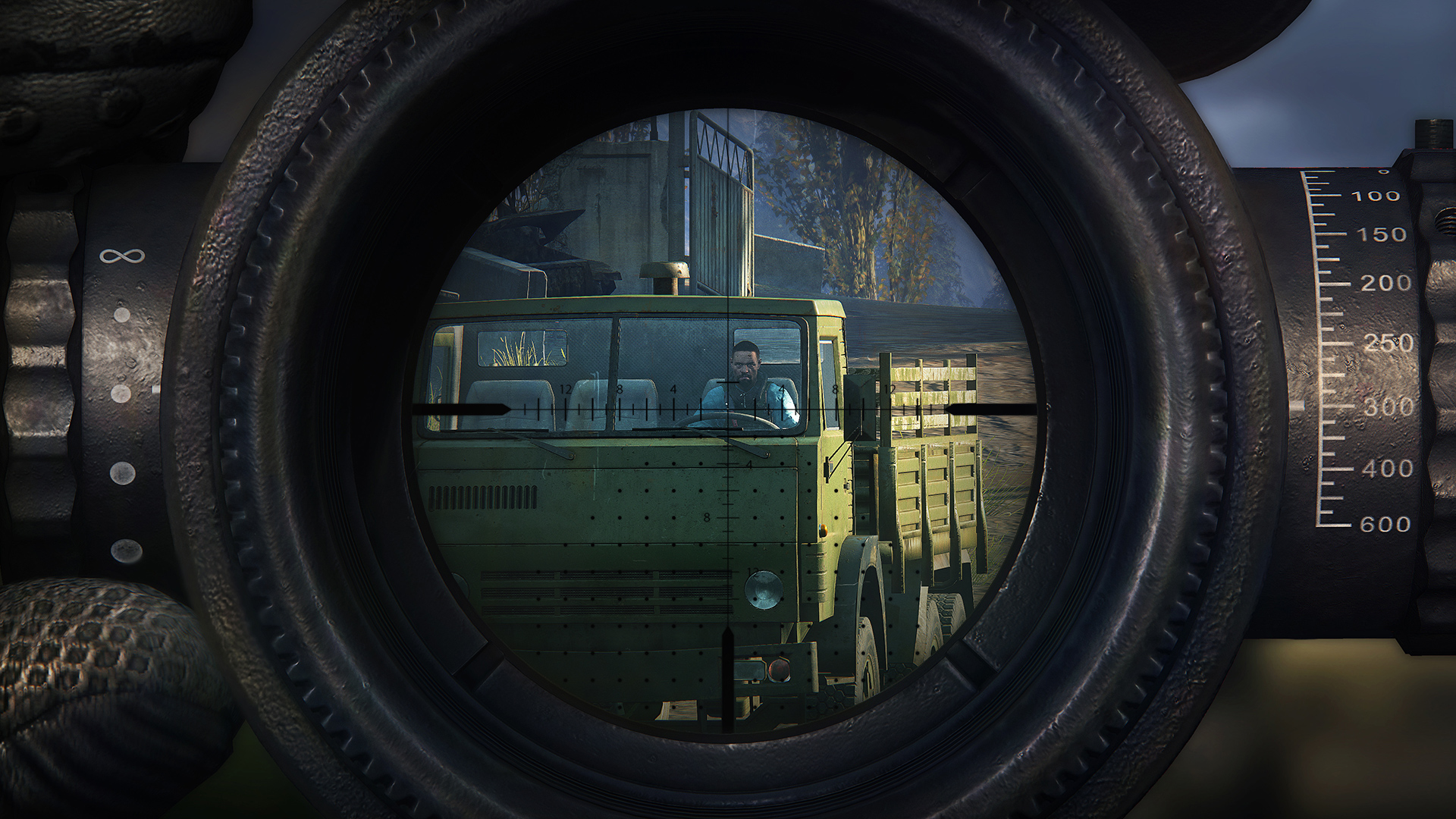
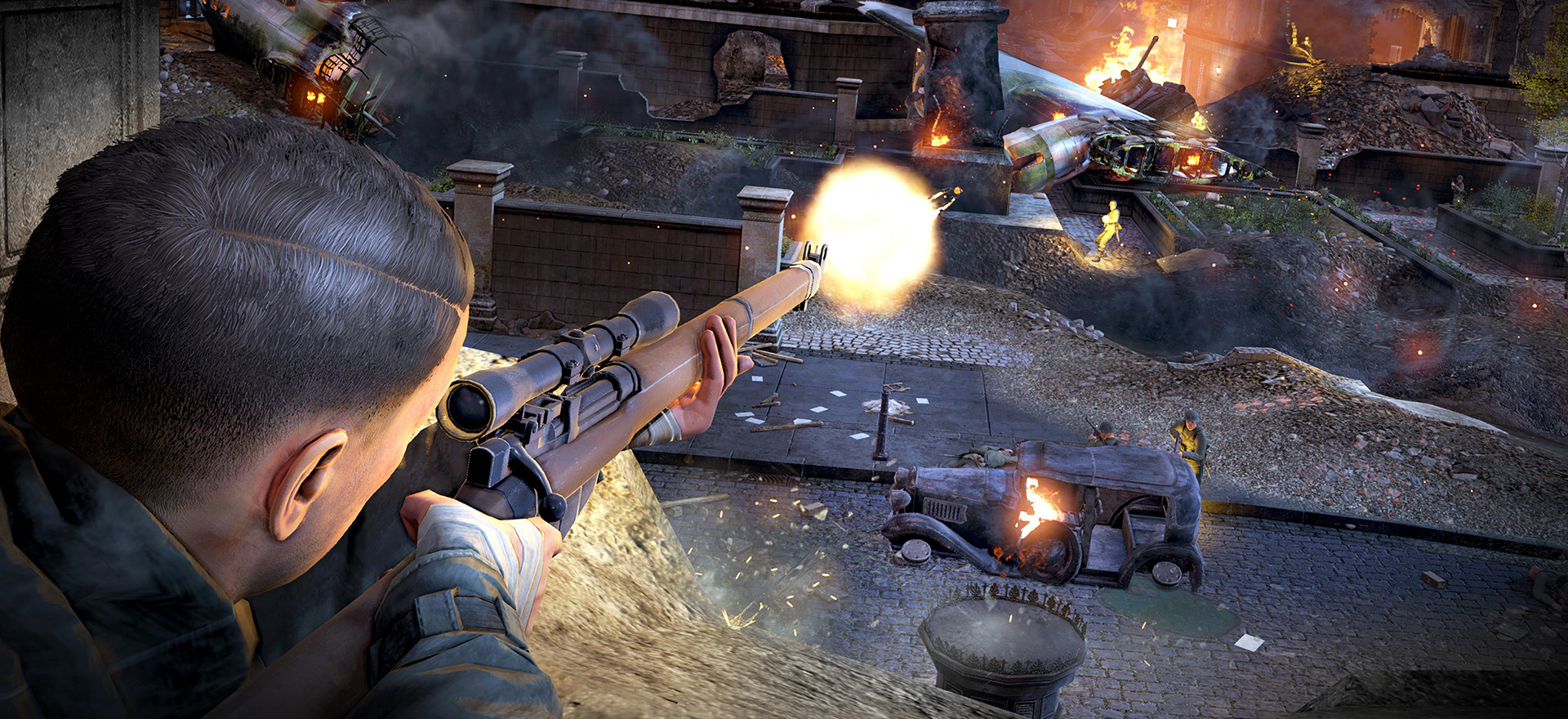

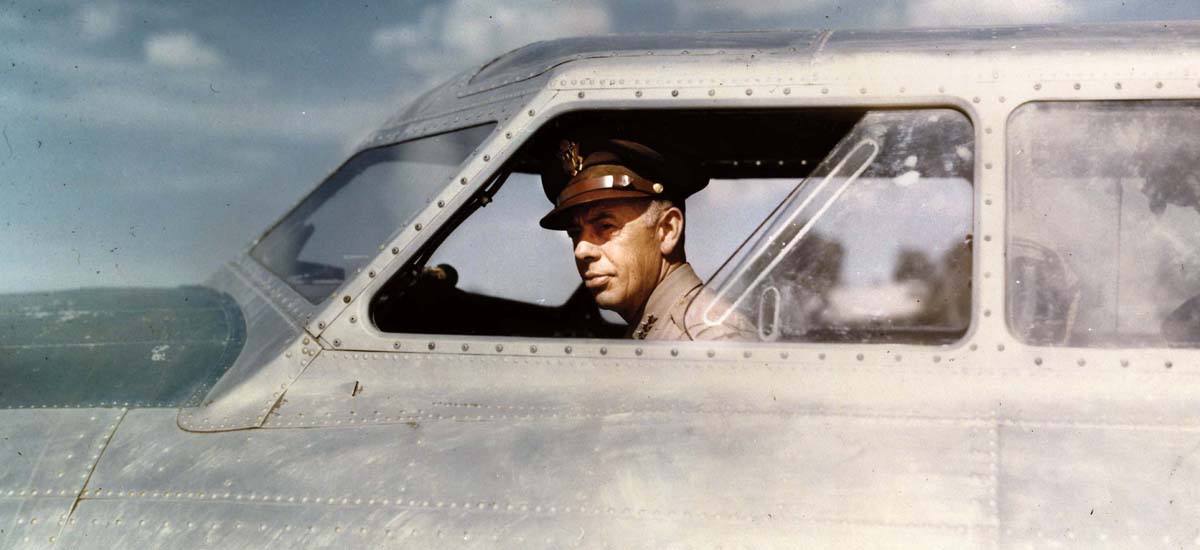
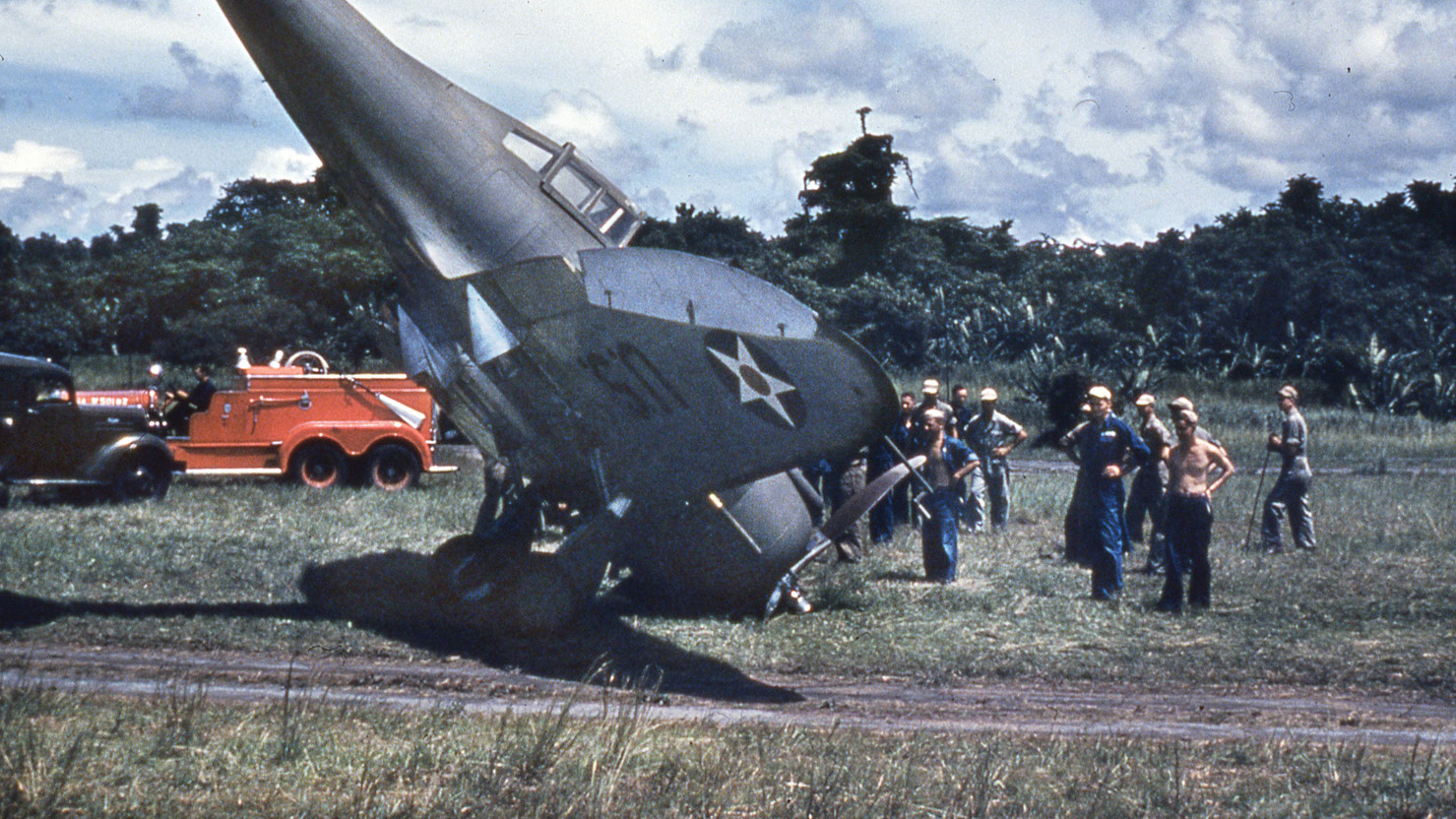
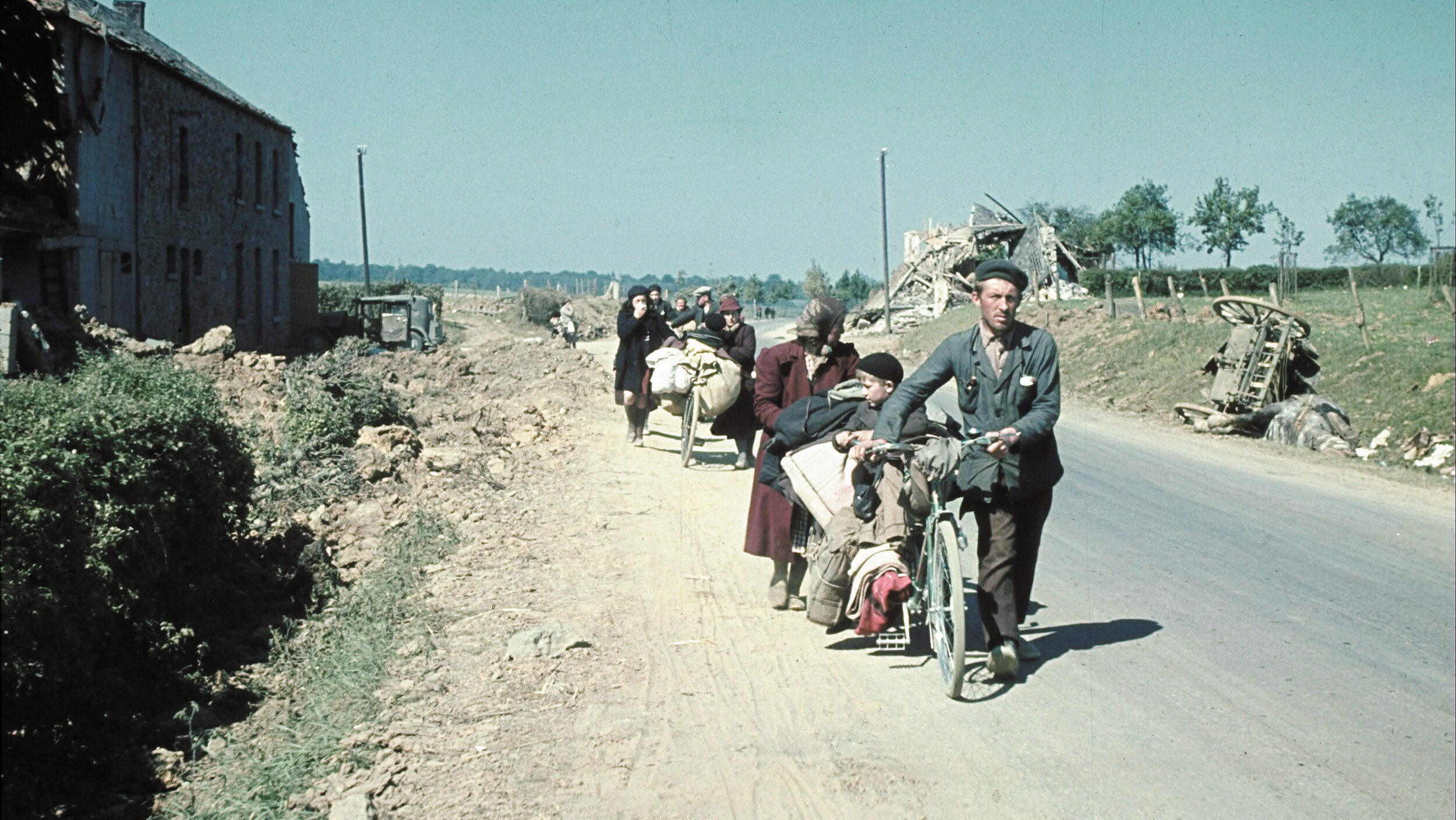
Join The Conversation
Comments
View All Comments